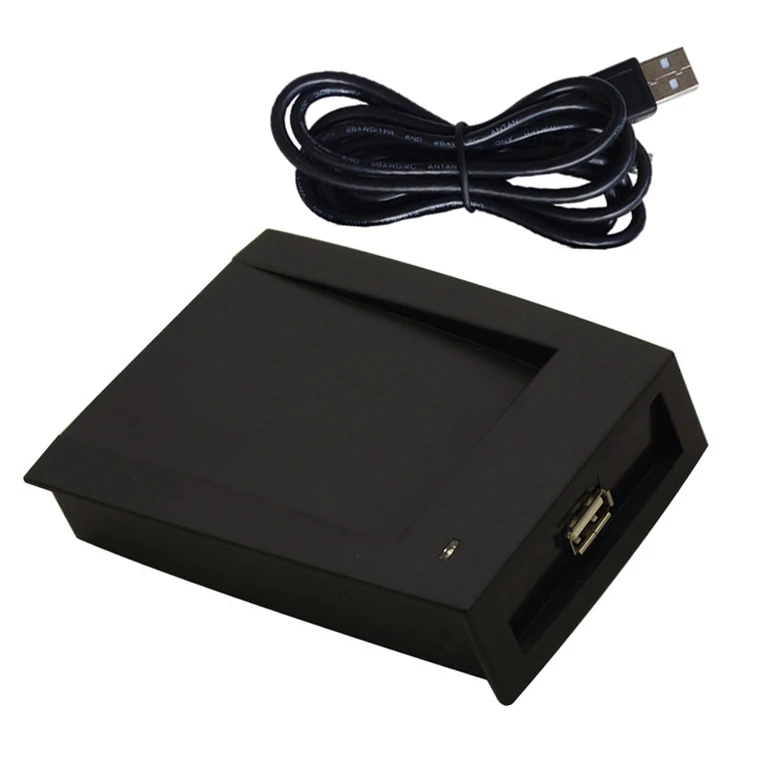Table of Content
There’s a whole plethora of different smart locks, camera systems and alarms to choose from. You could go for a fob system, a digital keypad or doors you unlock with your phone. Not only can your heating be monitored and controlled using smart technology, but so can your other utilities and bills. Energy monitors tell you how much power you are using and timed or remote controlled adapters allow you to reduce the amount of electricity you use by making sure you only have items switched on when necessary. If everything is set up correctly the flow with turn red when you trigger the proximity sensor. The concept is simple, but can be powerful – never wonder if you left the garage door open.

Low energy consumtion, save operation and easy to mount are the main requirements for such systems. Cost and constructions are effordable and the detecting range is inside centimeter ranges. This mimics some of the functionality you can get from a motion- or contact-sensor-based automation. Using sensors in some Google Nest products combined with your phone’s location, you can set up a routine to activate smart lights, plugs, switches, cameras and thermostat.
Centralite Micro Door Sensor
You can open and shut your garage door from your phone, from any location. Ultrasonic sensors have been utilized globally in various applications either indoors or outdoors even in the harshest environment. Ultrasonic sensors are made of piezoelectric crystals that have high frequency sound waves and converts the electric energy into acoustic energy, and the other way around.
And a temperature sensor in a child’s room can alert you if it gets too hot, cold, humid, or dry, and if you like, even have it adjust a fan or the thermostat automatically. “To get a smart home, you need sensors,” said Mitch Klein, executive director of the smart-home technology group Z-Wave Alliance. Home automation and smart technology is not just about making your home more energy efficient and secure, there’s also some fun to be had. Home media and home cinema installers in Frankfurt, Hesse, Germany can kit out your home with the latest technology such as smart TVs, media streaming devices, speaker systems and smart home assistants. You have installed sensors to create your smart home, and now you need to manage everything from one location.
Aqara Motion Sensor
The ultrasonic sensor meets the IP67 water intrusion standard and matches standard electrical 3/4‑inch PVC pipe fittings. During the making and design stage of the Smart Home Automation System with Proximity Sensor at first we have a lot of apprehension on how to combine the two ideas in one project simulation and programs. But this did not hinder us to accomplish the idea in our mind into a reality.

It has a great battery life and a 45-foot range, but its touted pet immunity failed in our testing. As with all Aqara sensors, the door and window sensor requires a hub to work, which adds cost to the initial price and complication to the setup. You can’t pair directly to Alexa, like you can with some of the other sensors we tested. You instead have to use the Aqara app, pair the sensor to the hub, and then pair the hub to your ecosystem of choice. You can pair directly to HomeKit by scanning the HomeKit code on the hub and then the sensor.
Our Sensors used in Smart Home Automation:
In our testing we found this to be unreliable at triggering Alexa Routines, sometimes taking several seconds to react and sometimes not working at all. Also, because it has to be plugged into an outlet it can be difficult to adjust the angle. The most useful place for this is in a hallway to turn on lights as you walk past, but as most outlets are in the middle of the hall rather than at the beginning, you’ll be walking in darkness most of the way.

Door and window sensors let you know when people are entering and leaving your house and can even turn lights on and off as doors are opened and closed. Door and window sensors are your first line of defense for home break-ins; some sensors even detect when a window is broken by an intruder. These sensors alert you to potential intruders, not to mention a deviant teenager. Once again, the wireless technology allows you to receive notifications straight to your phone or tablet and allows you to quickly call for help if needed.
But this is limited only to leaving or arriving so you can’t have lights turn on just when you enter a room or any of the other useful things smart sensors can do while you’re in the house. This way nothing goes out of range—a huge issue you’ve probably experienced if you can’t get on Wi-Fi in certain corners of your home. The downside is that these sensors may also require that you use a device called a hub or bridge, which acts like a mediator between your sensors and your home Wi-Fi network . Presently, traditional switchboards are substituted by modern touch switches because it is safer and it is easier for the user. There are no moving parts that are utilized in building them and they also last longer than the old ones. However, in spite of the stated advantages, there are a number of people who still prefer traditional switches because the modern ones are quite expensive.
With the innovation of technologies, computer and smart applications are booming with various development in gaming, business and industrial aspects. The Smart Home Automation System basically all appliance that is integrated into the system are remotely controlled by one screen which can be set to turn ON and OFF one at a time or all at the same time. This is an option can be manipulated on one TFT screen in which was configured on Arduino Mega. The Onvis Motion Sensor is a motion sensor that also measures temperature and humidity. At under $25 it is the least expensive HomeKit-compatible motion sensor available without a hub, and because it’s a Bluetooth 5.0 device it responds really quickly, even at a distance.
Temperature sensors are also great for closely monitoring a sensitive space, like a baby’s room, a wine cellar, or an artist’s studio. Some motion and contact sensors have temperature sensors built in, too, so depending on where you want to measure temperature, you might not have to buy a separate device. In deciding which smart sensors to test we focused on those that can make your home run on autopilot, which led us to motion, contact, and temperature sensors. If you’re interested in sensors for home security, see our guide to the best home security system.
Aqara’s Temperature and Humidity Sensor works with Alexa and HomeKit but you cannot use it to trigger Alexa routines. HomeKit also doesn’t allow temperature as a trigger so you have to use a third-party app to get any use out of this device, unless you use it just with the Aqara app. Aqara says it will support Thread wireless, and has a battery life of up to 5 years. We also evaluated the design, build quality, size, and mounting options as top priorities.
Our assumption was that anyone interested in home automation would plan to install multiple sensors throughout their home, so price became a serious factor as we made our picks. Spending $40 or more on a contact sensor for every door in a house would add up very quickly. However, if you ask the Echo speaker with the temperature sensor, it will tell you what it is measuring the temperature as.



No comments:
Post a Comment